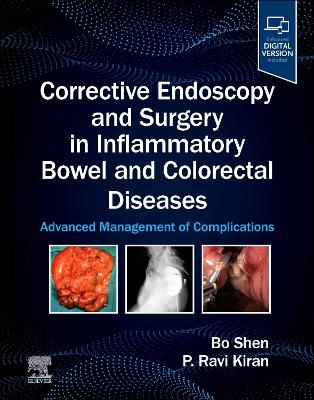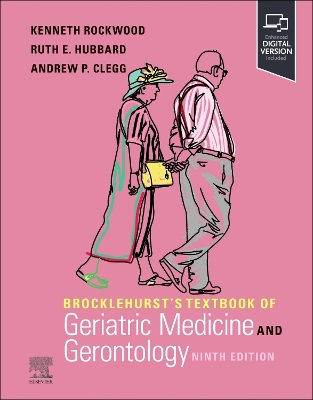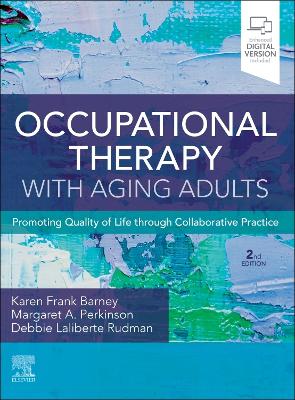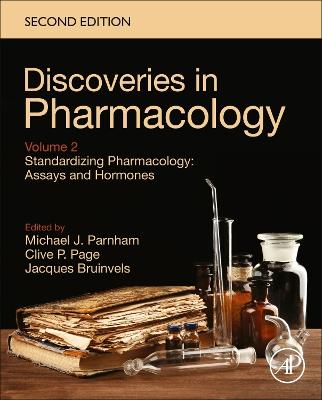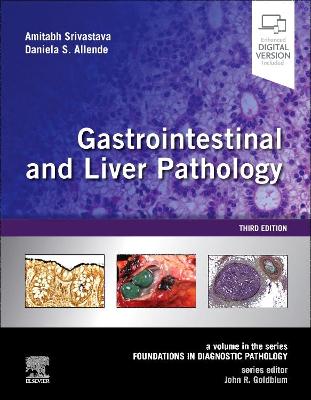Multidisciplinary Approach to Managing Swallowing Dysfunction in Older People
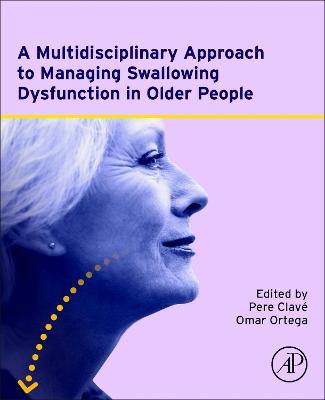 -10%
portes grátis
-10%
portes grátis
Multidisciplinary Approach to Managing Swallowing Dysfunction in Older People
Clave?, Pere; Ortega, Omar
Elsevier Science & Technology
04/2024
334
Mole
Inglês
9780323916868
15 a 20 dias
2. Oropharyngeal dysphagia as a geriatric syndrome
3. Physiology and pathophysiology
3.1 Physiology and pathophysiology of oropharyngeal dysphagia in older persons
3.2 Brain structure, neurotopography and function in dysphagia in older persons
4. Sarcopenic dysphagia
5. Diagnosis of dysphagia in the older person
5.1 Dysphagia diagnosis: Noninstrumental assessment
5.2 Instrumental assessment (VFS, FEES, and HRM)
5.3 Other techniques to assess the swallowing function (neurophusiology - pSEPS, pMEPS, EMP, accelerometry, ultrasonography, and spontaneous swallowing frequency)
6. Complications of oropharyngeal dysphagia
6.1 Dehydration
6.2 Malnutrition
6.3 Oral health
6.4 Respiratory infections and aspiration pneumonia
6.5 Frailty, functional capactity, institutionalization, and quality of life
7. Treatment
7.1 Thickening products and alimentary fluids for older patients with swallowing disorders
7.2 Texture-modified foods for patients with swallowing and/or mastication impairments
7.3 Multimodal interventions-the role of the multidisciplinary team
7.4 Classical rehabilitation strategies
7.5 Pharmacological treatment
7.6 Neurorehabilitation strategies
7.6.1 Neurorehabilitation for oropharyngeal dysphagia in older patients
7.6.2 Transcutaneous electrical stimulation: neuromuscular and sensory stimulation for poststroke older patients with oropharyngeal dysphagia
8. Health economics of oropharyngeal dysphagia and its complications: Malnutrition and respiratory infections in older people
9. The development of scientific societies, history of dysphagia management, and research in Europe, UK, North America, Australia, New Zealand, South America, Japan, Korea, and China
10. Summary and conclusions
2. Oropharyngeal dysphagia as a geriatric syndrome
3. Physiology and pathophysiology
3.1 Physiology and pathophysiology of oropharyngeal dysphagia in older persons
3.2 Brain structure, neurotopography and function in dysphagia in older persons
4. Sarcopenic dysphagia
5. Diagnosis of dysphagia in the older person
5.1 Dysphagia diagnosis: Noninstrumental assessment
5.2 Instrumental assessment (VFS, FEES, and HRM)
5.3 Other techniques to assess the swallowing function (neurophusiology - pSEPS, pMEPS, EMP, accelerometry, ultrasonography, and spontaneous swallowing frequency)
6. Complications of oropharyngeal dysphagia
6.1 Dehydration
6.2 Malnutrition
6.3 Oral health
6.4 Respiratory infections and aspiration pneumonia
6.5 Frailty, functional capactity, institutionalization, and quality of life
7. Treatment
7.1 Thickening products and alimentary fluids for older patients with swallowing disorders
7.2 Texture-modified foods for patients with swallowing and/or mastication impairments
7.3 Multimodal interventions-the role of the multidisciplinary team
7.4 Classical rehabilitation strategies
7.5 Pharmacological treatment
7.6 Neurorehabilitation strategies
7.6.1 Neurorehabilitation for oropharyngeal dysphagia in older patients
7.6.2 Transcutaneous electrical stimulation: neuromuscular and sensory stimulation for poststroke older patients with oropharyngeal dysphagia
8. Health economics of oropharyngeal dysphagia and its complications: Malnutrition and respiratory infections in older people
9. The development of scientific societies, history of dysphagia management, and research in Europe, UK, North America, Australia, New Zealand, South America, Japan, Korea, and China
10. Summary and conclusions

